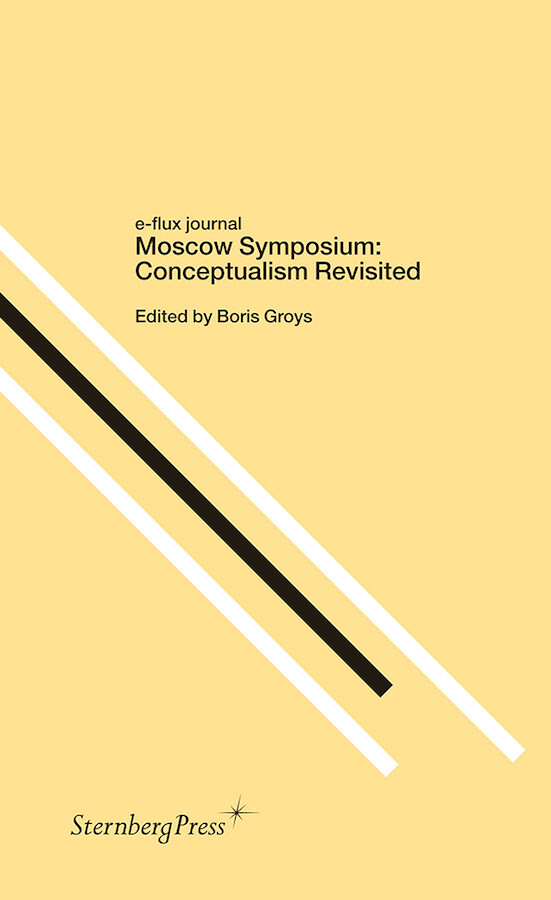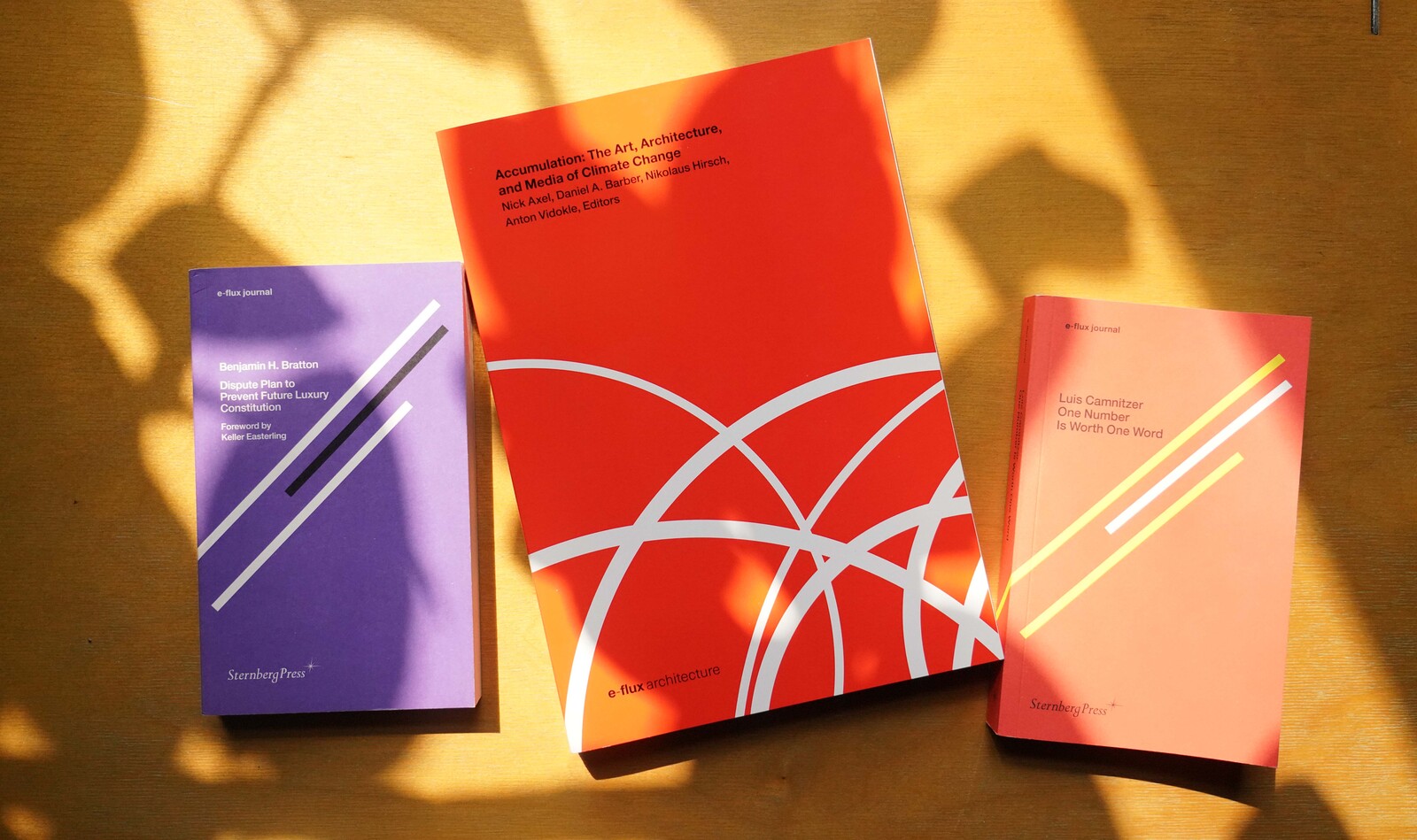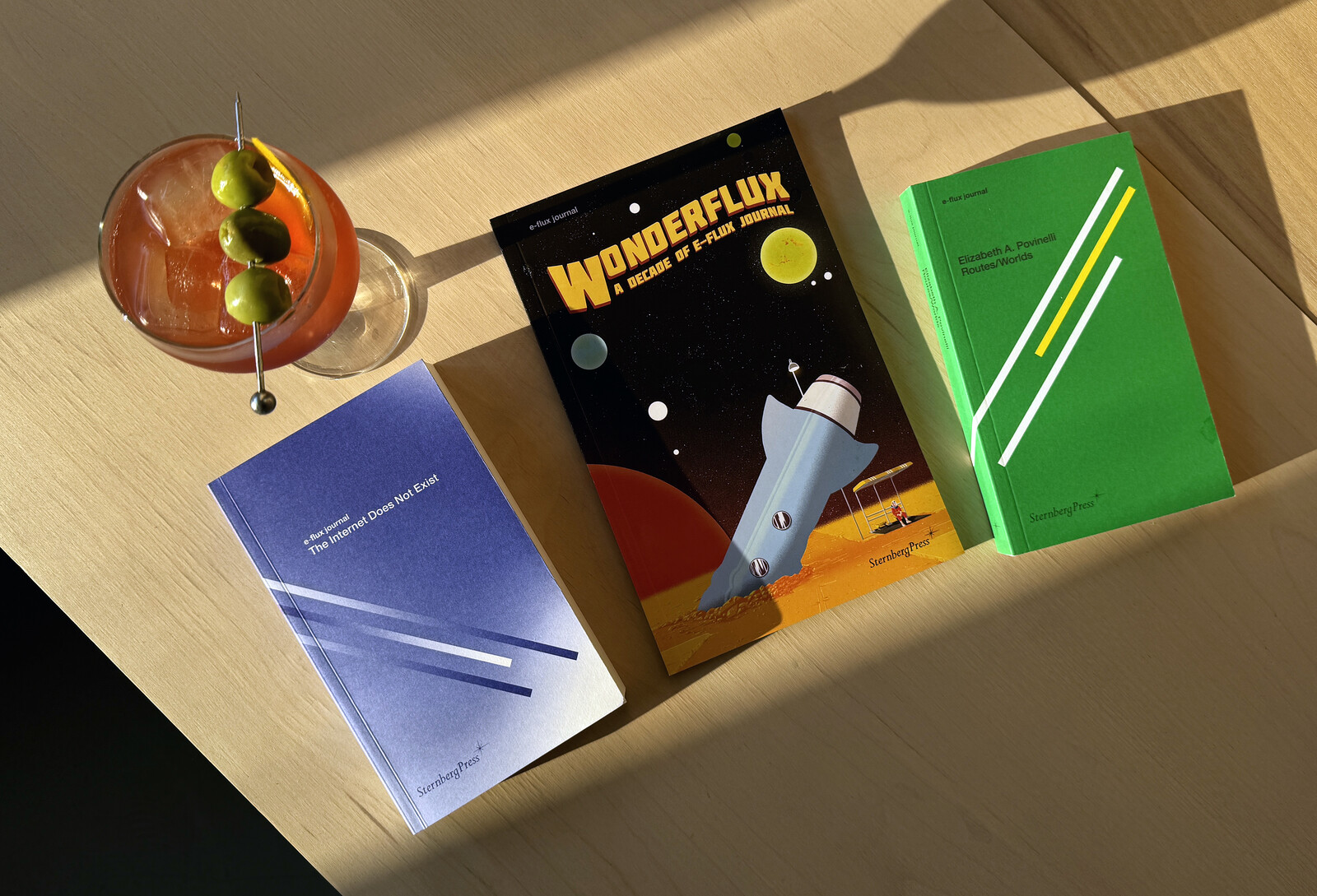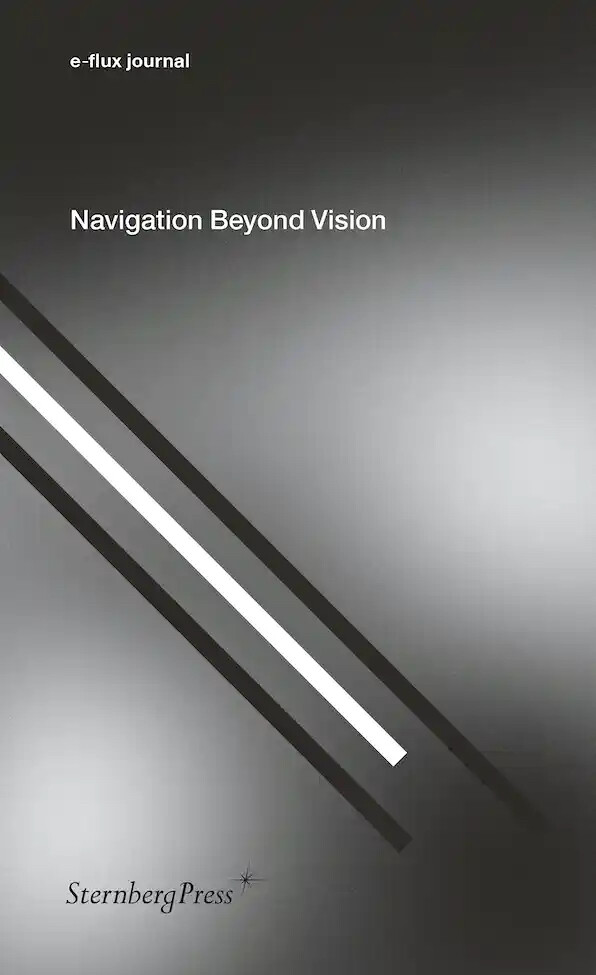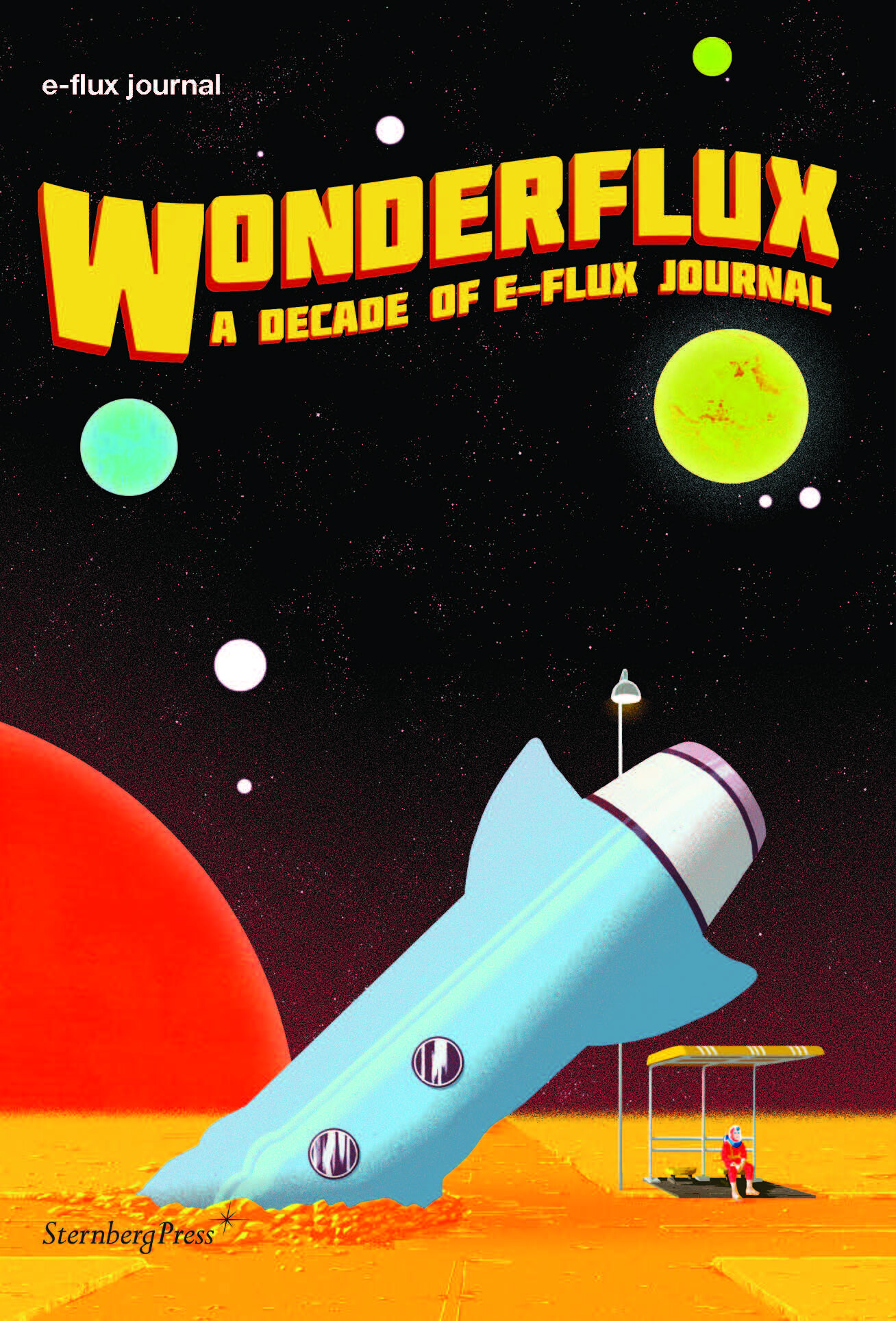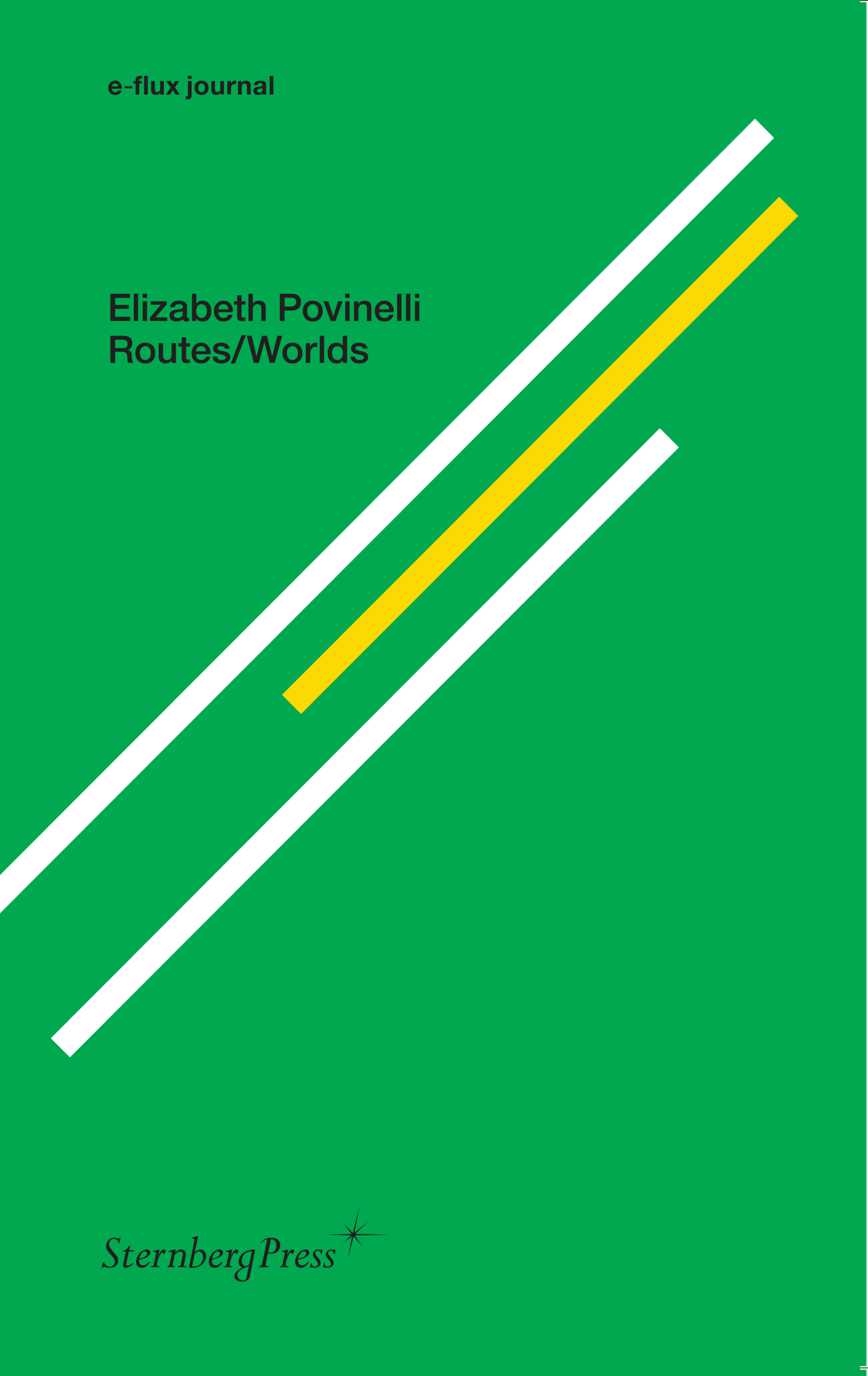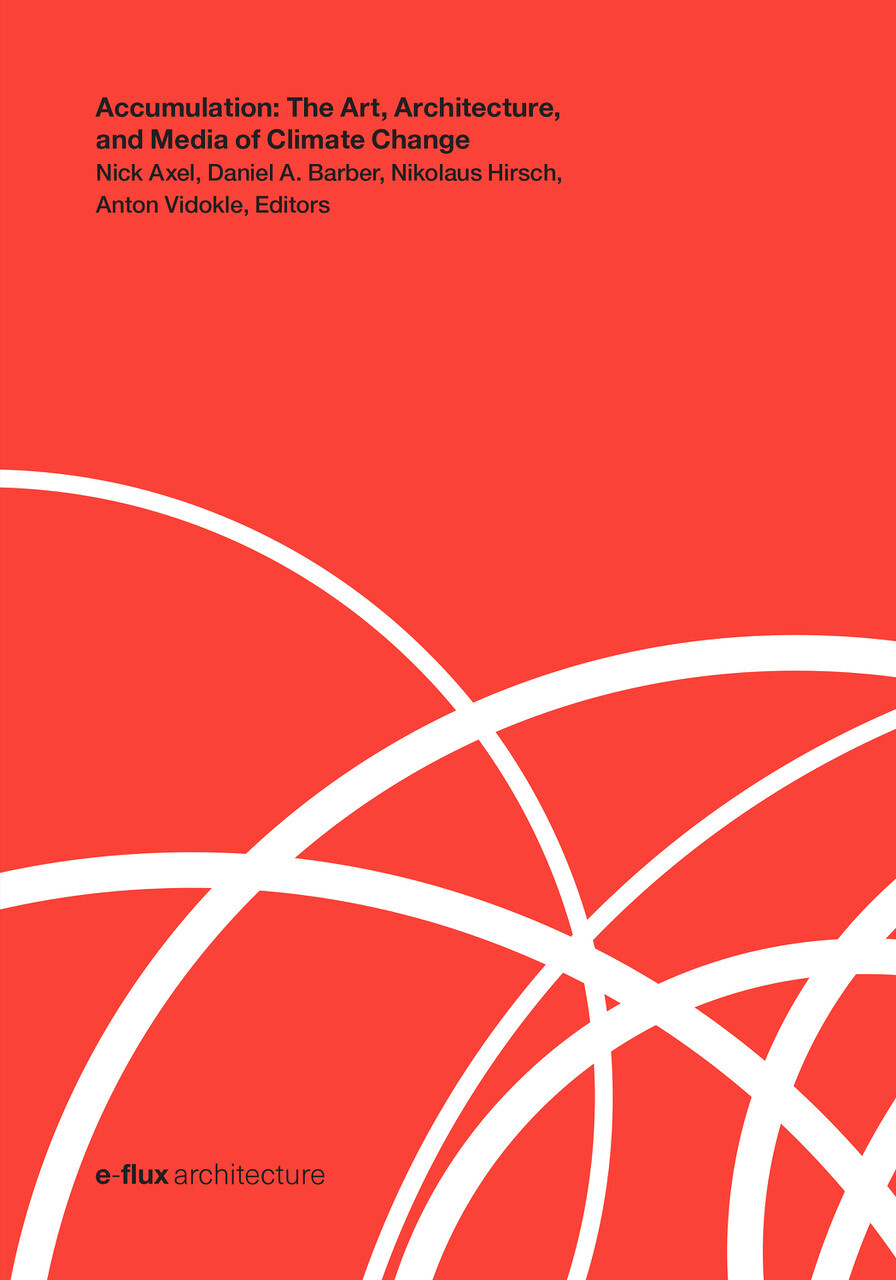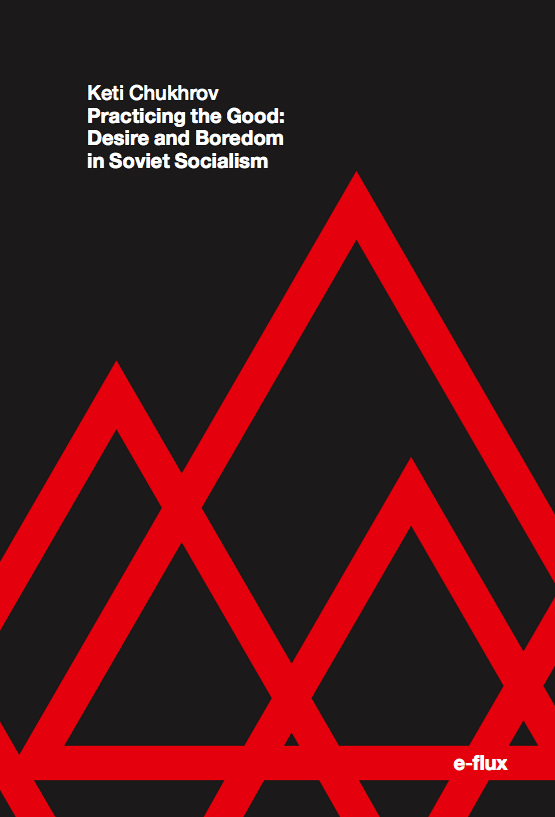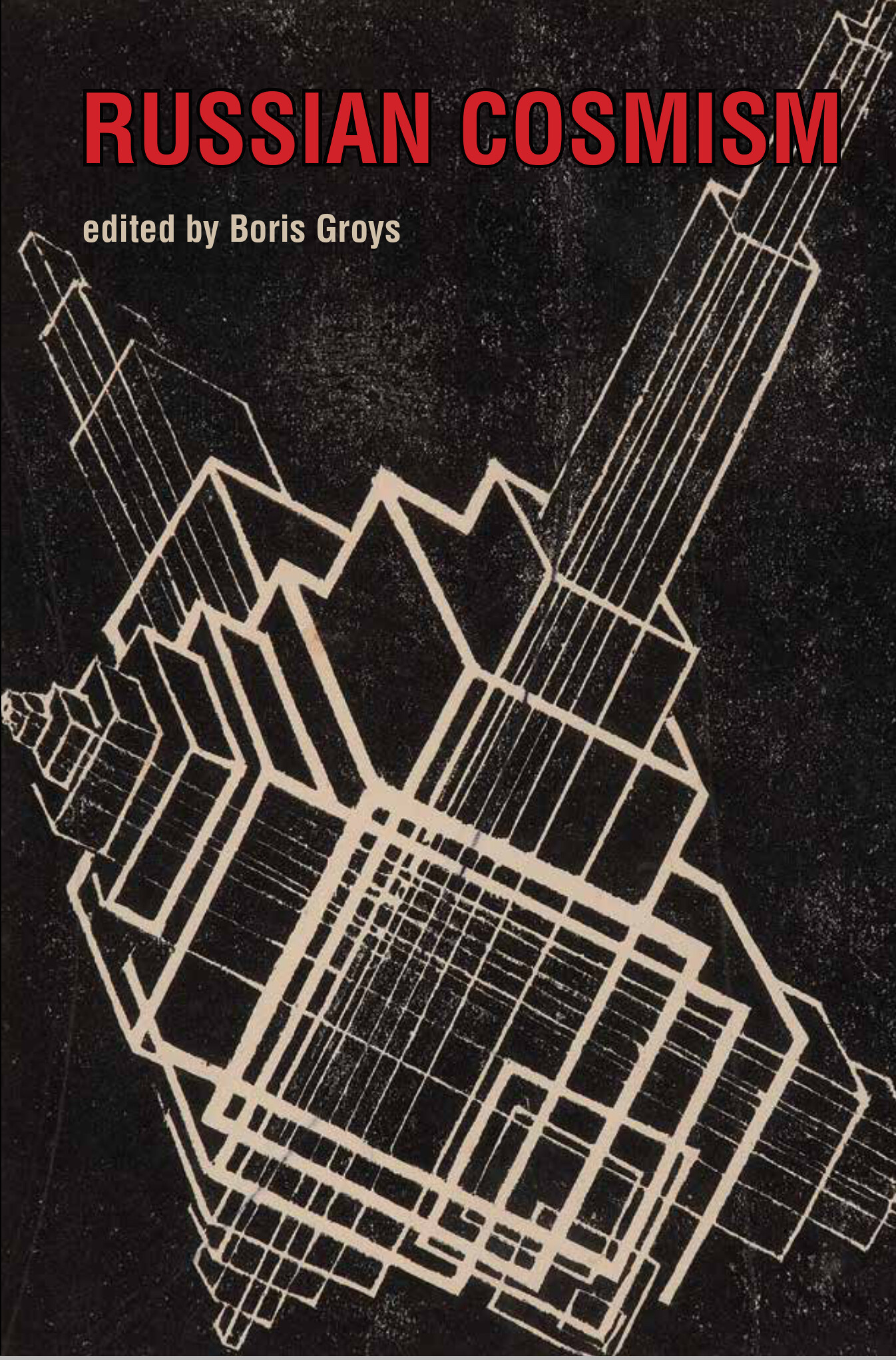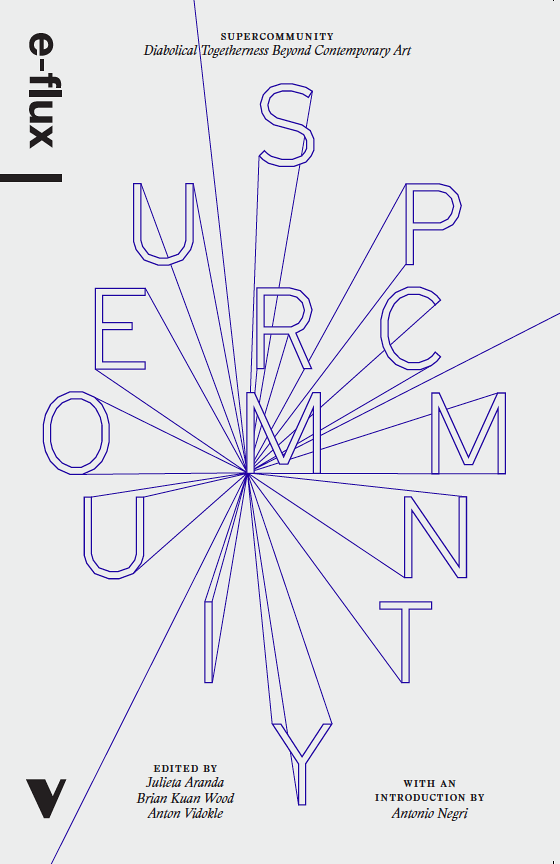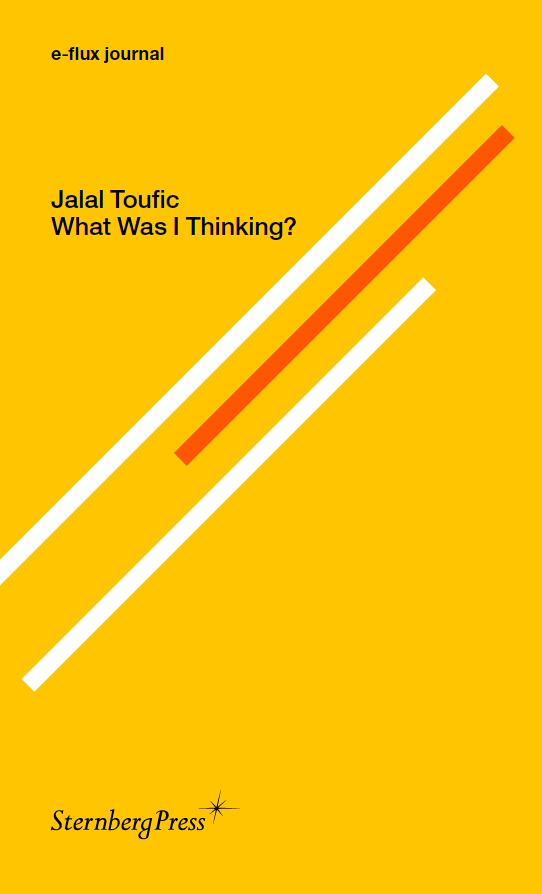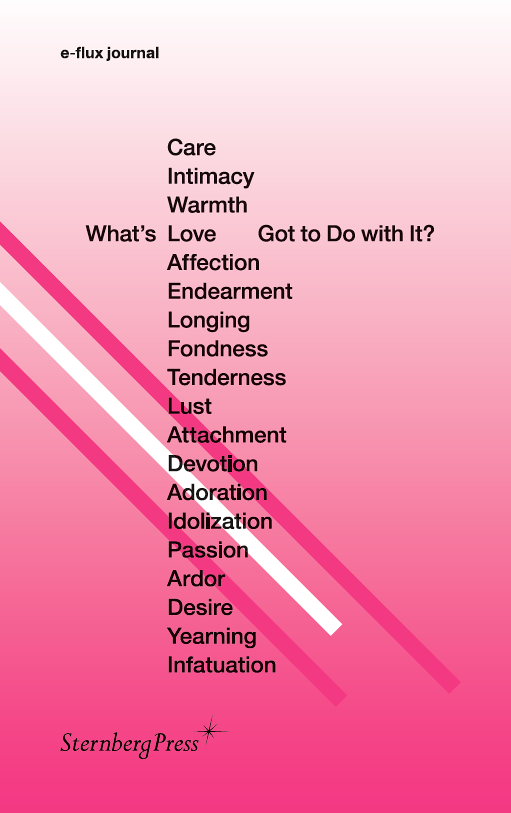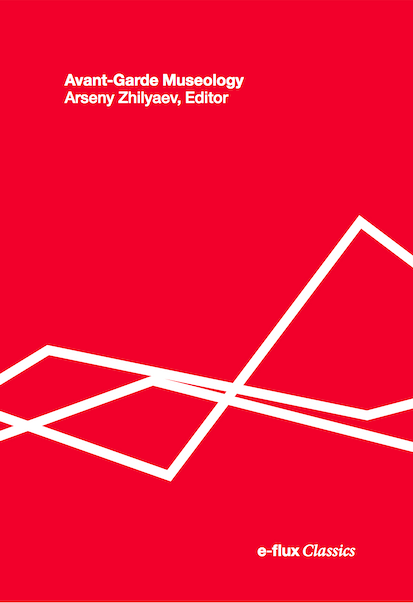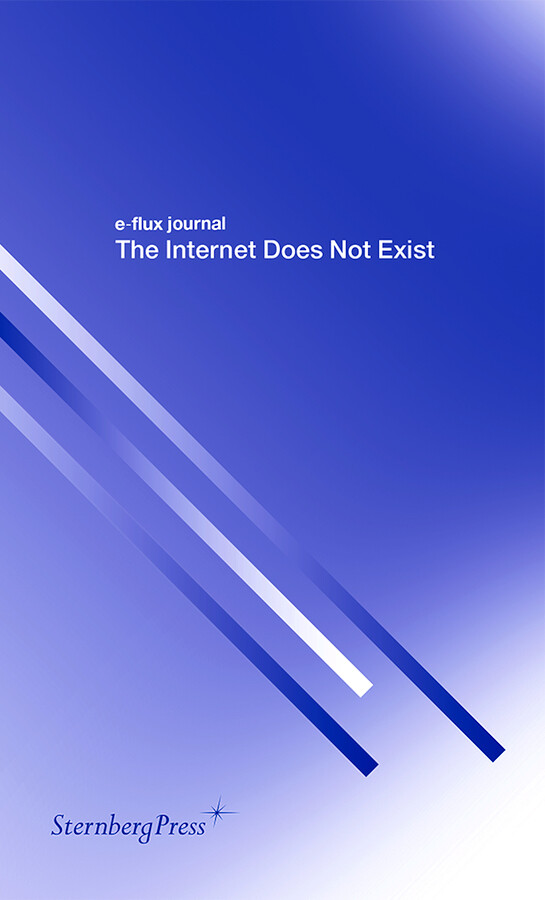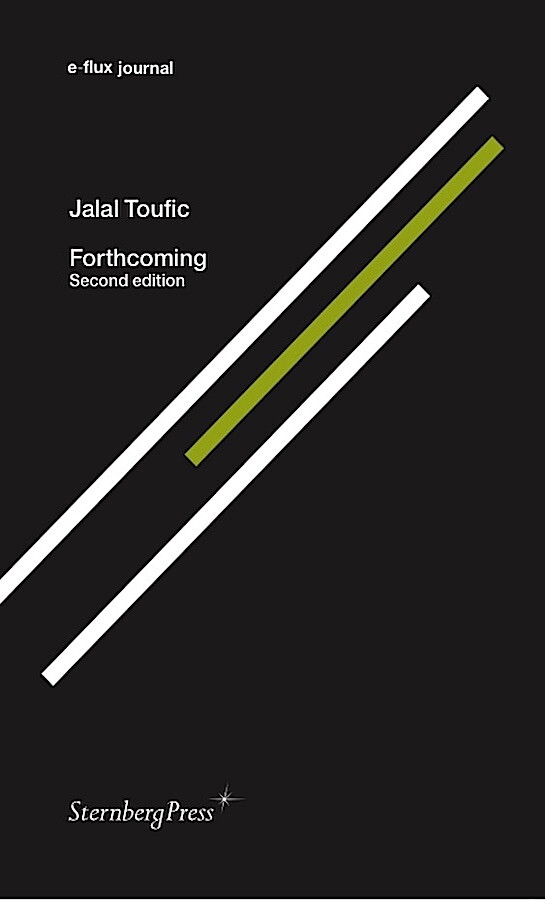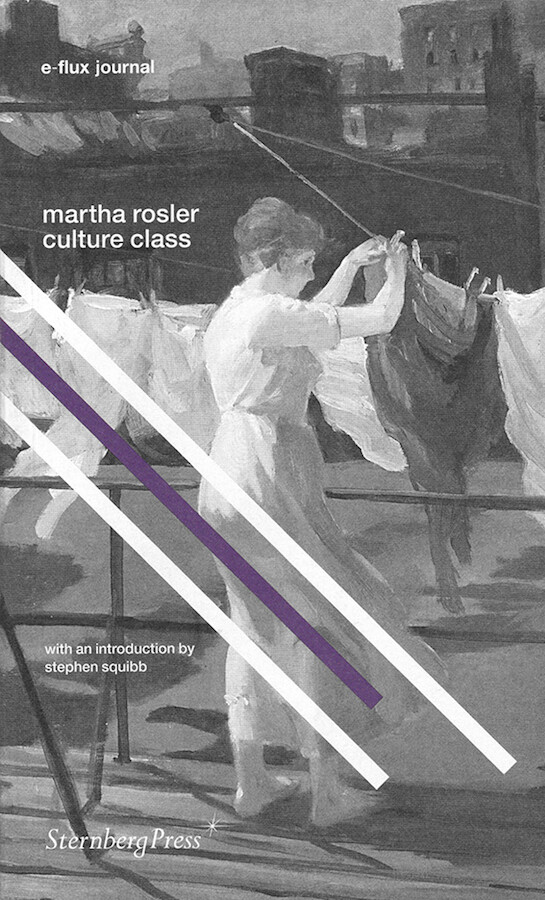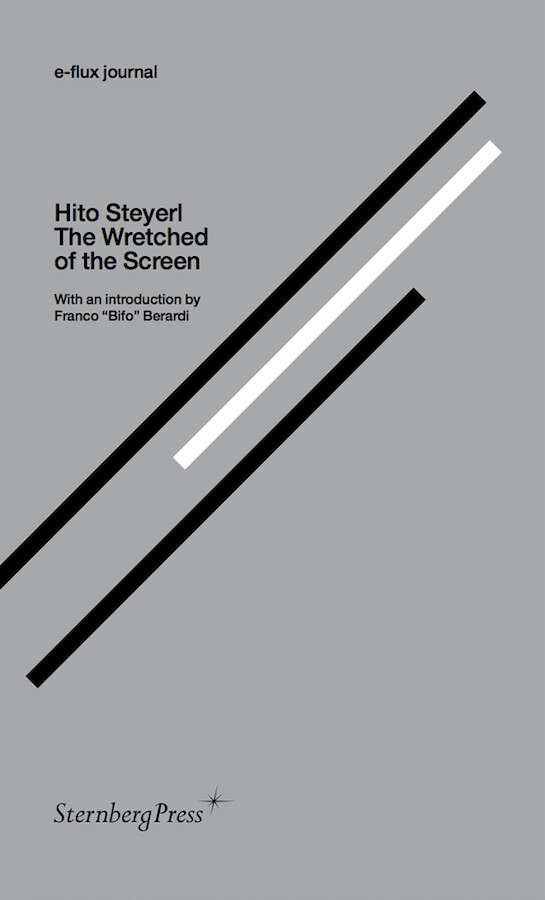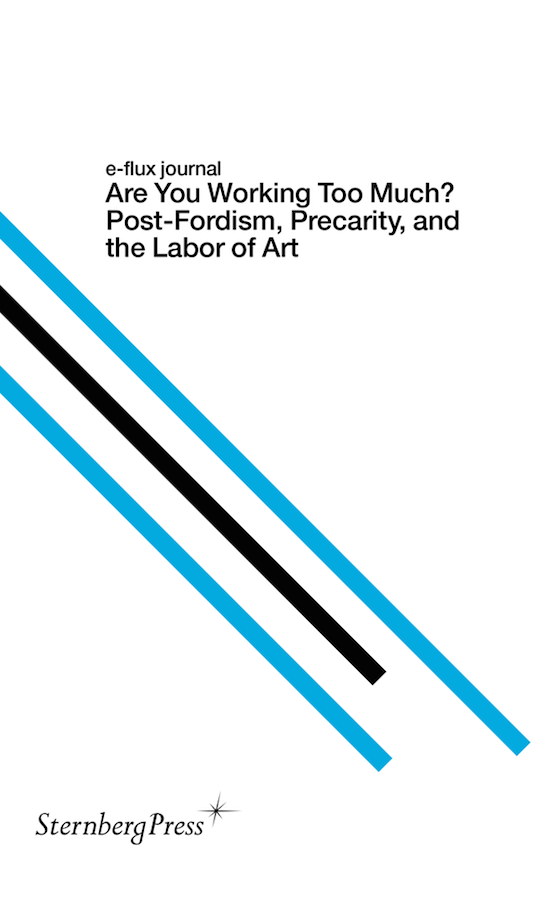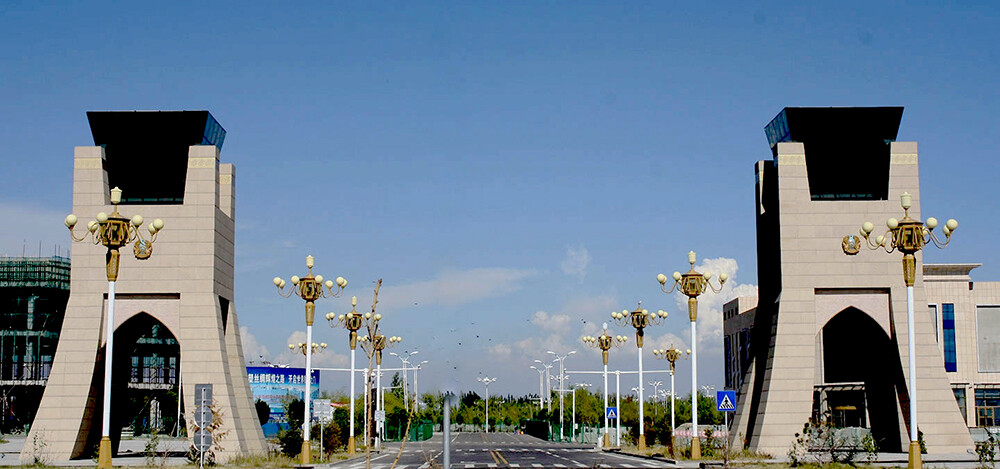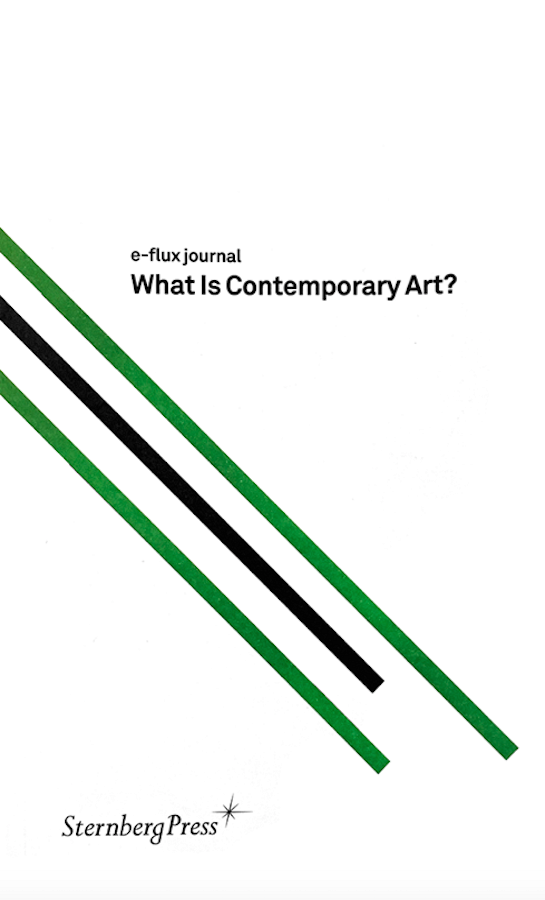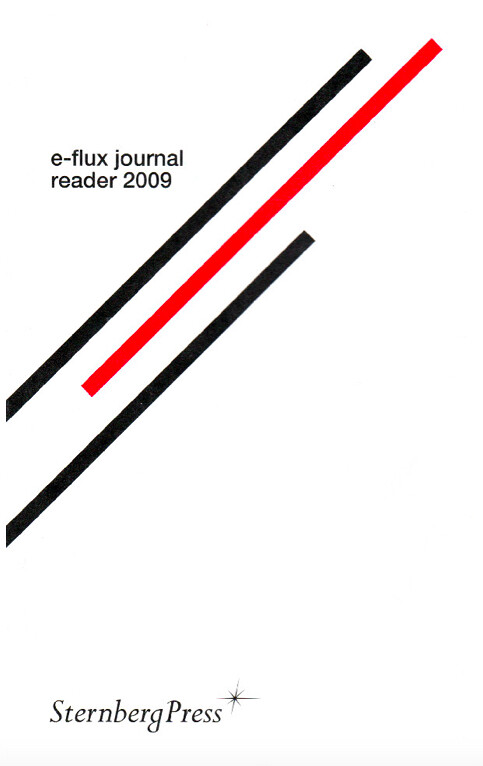$16
May 2012, English
10.8 x 17.8 cm, 176 pages, 9 b/w illustrations, softcover
ISBN 978-3-943365-11-5
Beyond the view that multiple, globally dispersed conceptual art practices provide a heterogeneity of cultural references, Andrei Monastyrski and Collective Actions propose much more: other dimensions altogether, other spatiotemporal politics, other timescales, other understandings of matter, other forms of life–not only as works, but as a basic condition for being able to perceive artworks in the first place. Could it be that the Moscow Conceptualists were so elusive or saturated with the particularities of life in a specific economic and intellectual culture that they precluded integration into a broader art historical narrative? If so, then their simultaneously modest and radical approach to form may present a key to understanding the resilience and flexibility of a more general sphere of global conceptualisms that anticipate, surpass, or even bend around their purported origins in canonical European and American regimes of representation, as well as what we currently understand to be the horizon of artistic practice.
Edited by Boris Groys
Contents
Preface
Boris Groys, Introduction
Ekaterina Degot, Performing Objects, Narrating Installations: Moscow Conceptualism and the Rediscovery of the Art Object
Terry Smith, One and Three Ideas: Conceptualism Before, During, and After Conceptual Art
Keti Chukhrov, Soviet Material Culture and Socialist Ethics in Moscow Conceptualism
Anton Vidokle, Art without Work?
Sarah Wilson, Moscow Romantic Exceptionalism: The Suspension of Disbelief
Claire Bishop, Zones of Indistinguishability: Collective Actions Group and Participatory Art
Jörg Heiser, Moscow, Romantic, Conceptualism, and After
